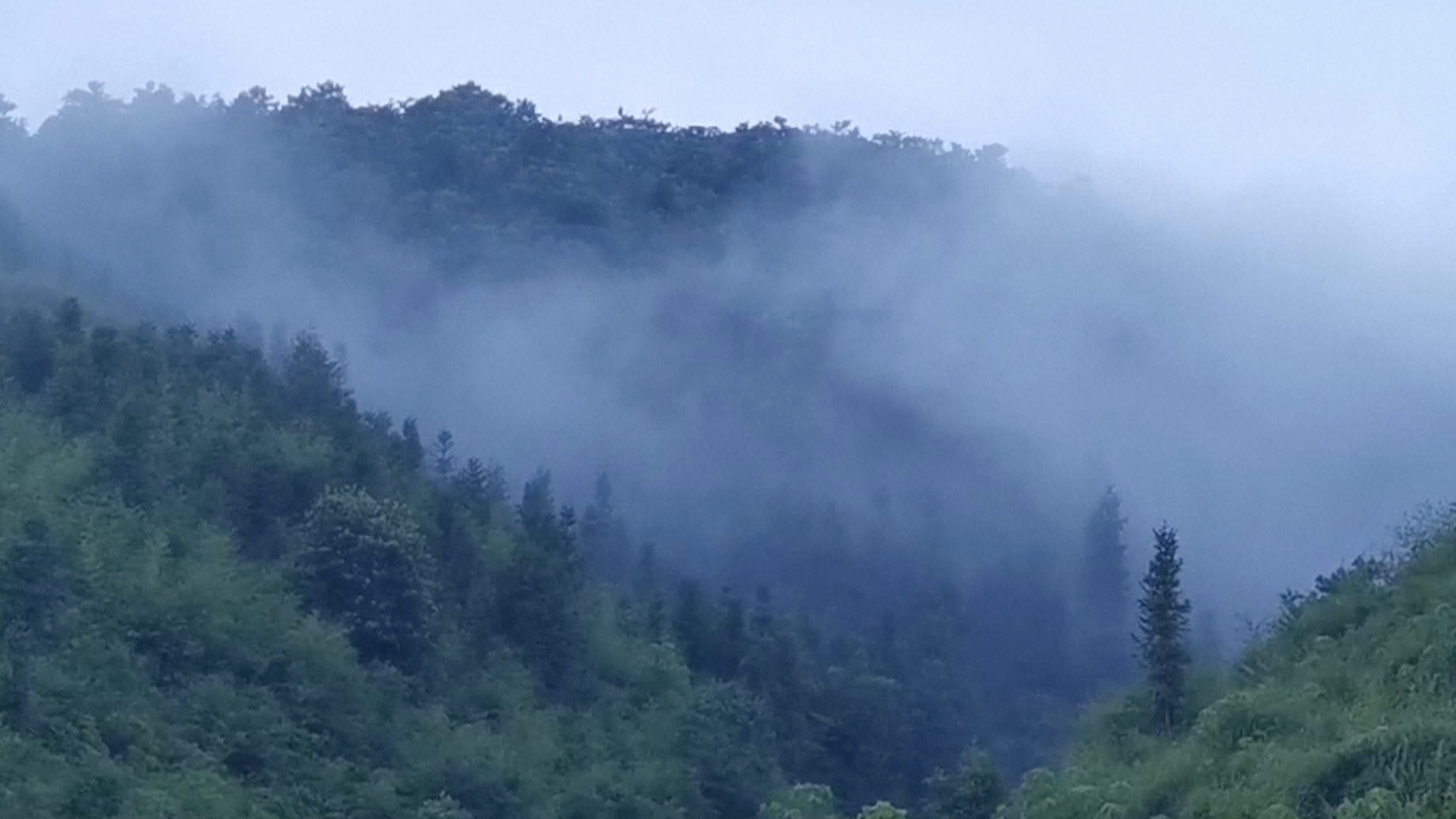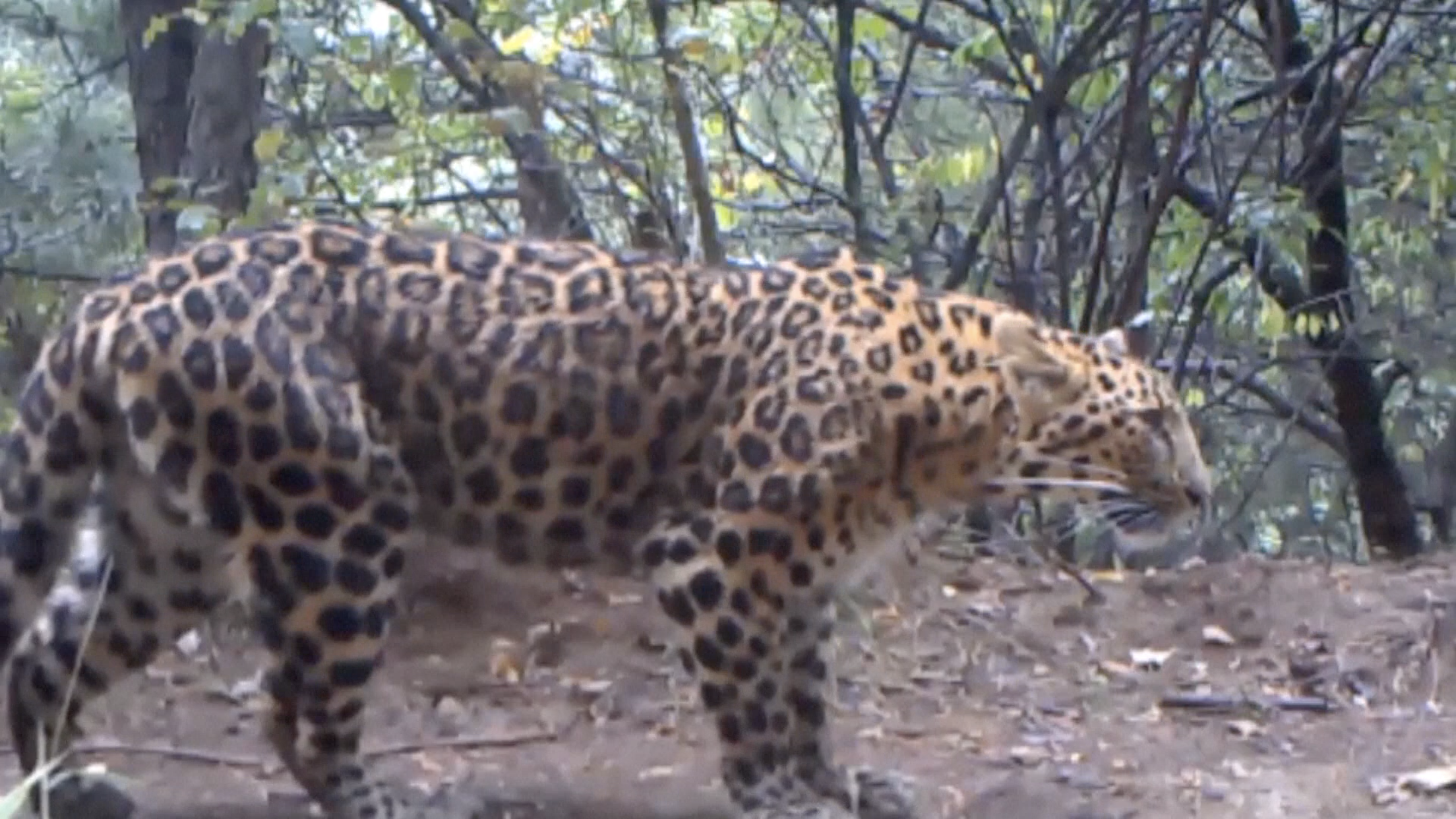

China's "Green for Grain" project, one of the largest ecological conservation projects in the world, has invested 511.2 billion yuan (about 72 billion U.S. dollars) and achieved significant ecological success with over 33 million hectares of reforestation since the project started in 1999, according to the State Forestry and Grassland Administration.
2019 is the 20th anniversary of China's push to return farmland to forests and grasslands.

Artificial forest belt. /VCG Photo
Wuqi County of Yan'an City in northwest China's Shaanxi Province is one of the regions that have suffered the worst water and soil loss in China. Its ecological system nearly collapsed 20 years ago. The infertile soil not only starved local residents but also worsened the ecological environment. For this reason, the Wuqi government took the lead in returning farmland to forests across the country in the late 20th century.
In the past 22 years, the coverage rate of forests and grasslands in Wuqi has increased from 19.2 percent in 1997 to 72.9 percent in 2019.
Instead of seeing a barren land surrounding Nangou Village in Wuqi, now visitors can gaze upon lush forests and grass that have resulted from a two-decade reforestation project.

"Green for Grain" project. /VCG Photo
A northern Chinese leopard was also spotted in Ziwuling forest area of Yan'an, as shown by surveillance footage captured by a camera in 2017, and the species population has reached 28.

Returning farmland to forests and grasslands not only boosts biodiversity, but also lays a foundation for soil and water conservation.
(Video edited by CGTN's Li Yujun)
(If you want to contribute and have specific expertise, please contact us at nature@cgtn.com)

Copyright © 2018 CGTN. Beijing ICP prepared NO.16065310-3
Copyright © 2018 CGTN. Beijing ICP prepared NO.16065310-3